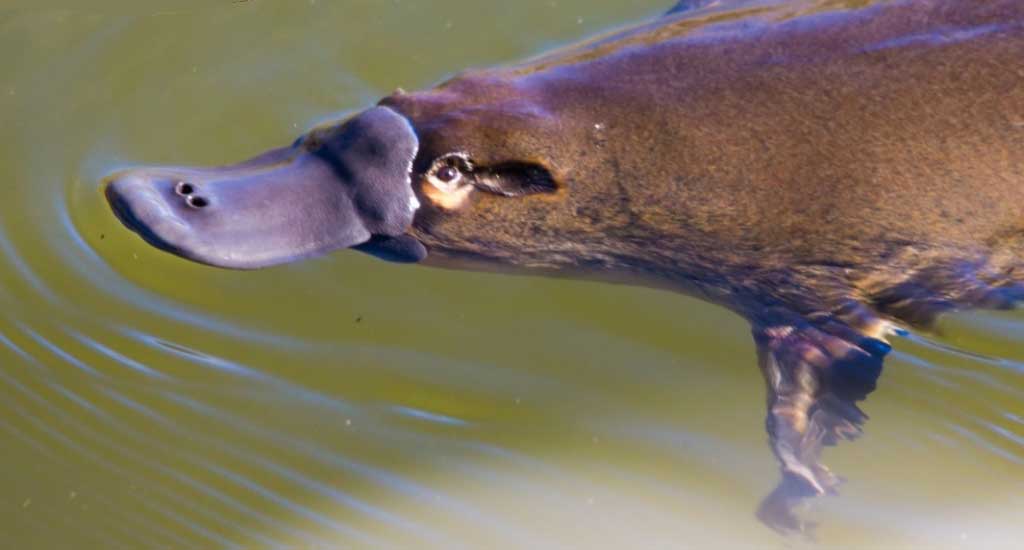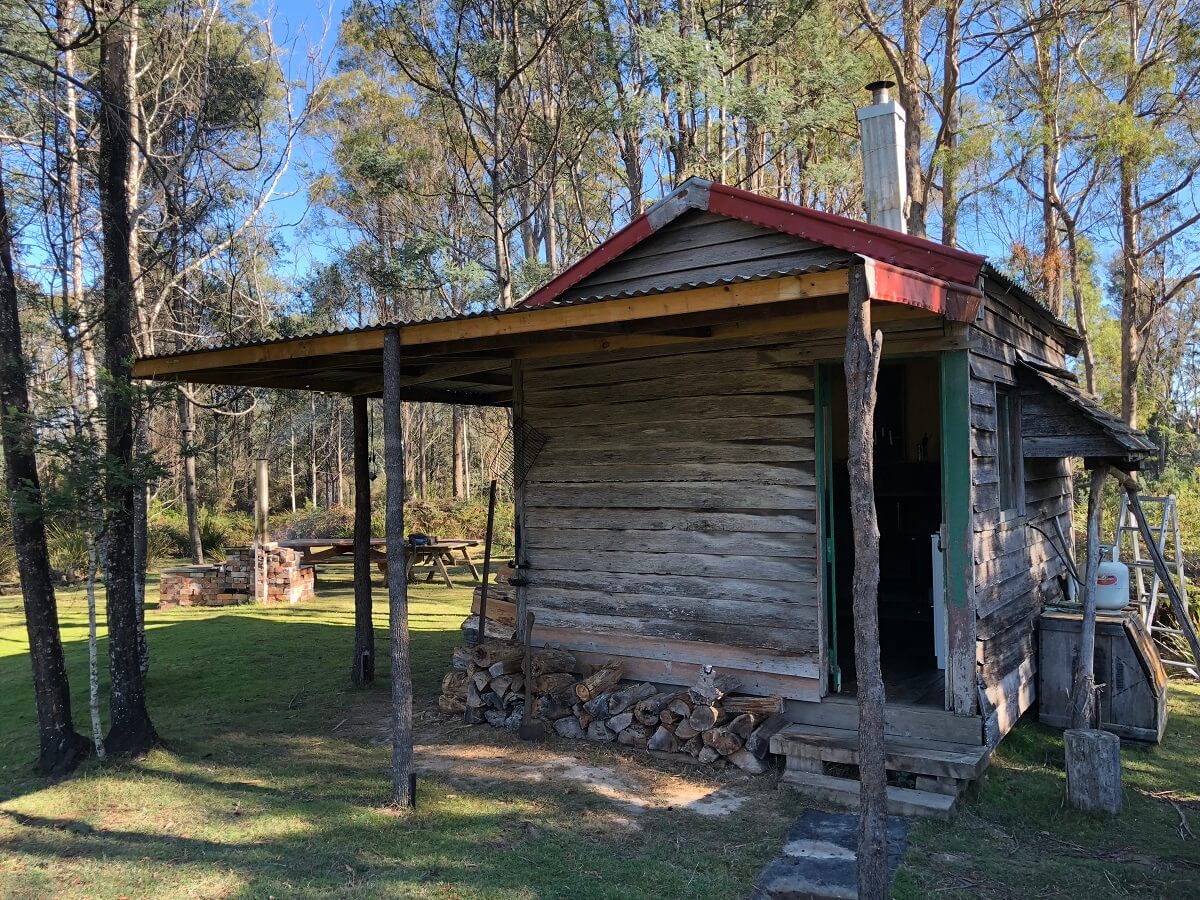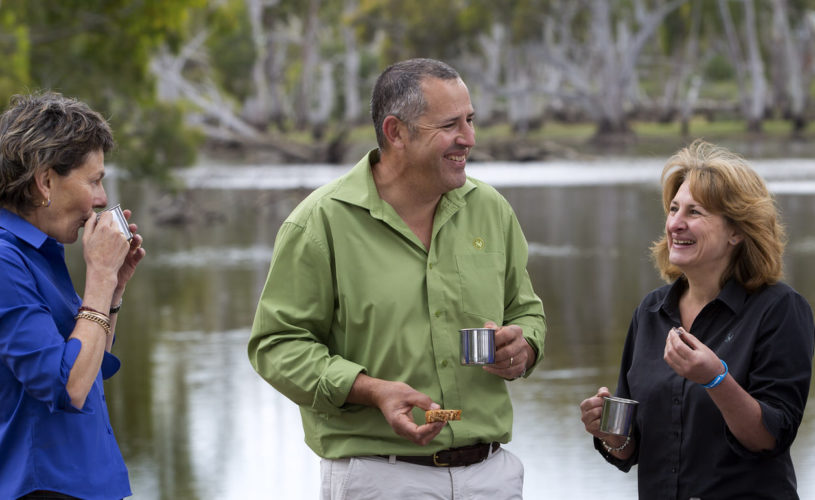Arno Moulin, one of Alquemie’s Australia specialists recently spent a week travelling all around Tasmania. One of the highlights of his trip was a visit with Pepper Bush Adventures.
Pepper Bush Adventures offer unique and exclusive wildlife experiences throughout Tasmania, trips to the Tamar Valley to sample delicious Tasmanian food and wine and as well as secluded beaches in the Bay of Fires and visits to visit ancient forests and spectacular alpine mountain peaks.
He said his time spent with Pepper Bush Adventures was one of the best wildlife experiences ever! Below is a summary of his time with Pepper Bush in his own words….

Craig picked us up from Peppers Seaport in Launceston at 12:30pm– within 10 minutes we were driving through the glorious Tamar Valley; being autumn the colours were beautiful. We enjoyed some commentary about the wine region – which produces most of Tasmania’s wine!
We headed for Ben Lomond – Tasmania’s second highest peak. On the day the weather was foggy so we were unable to see the amazing views; but the drive was a fun adventure in itself on a 4WD only road. On the way up Craig discussed at what points above sea level different trees grow – which is more fascinating than it sounds! Once at the top the land is baron and rocky – which is an amazing contrast over the lush green hills and dense forest landscape surrounding the mountain. We then saw Tasmania’s only ski slope and a few eerie looking chalets – here we also saw a few Bennet’s Wallabies.
We then continued our way to the Quoll Patrol area and kept stopping on the way to visit ‘the bush supermarket’ – here Craig would pick pepper bush leaves and other kinds of berries & eucalyptus and provide commentary about the flora – these were then be used as ingredients for dinner!

On arrival at the property we enjoyed a 20 minute stroll around the property on our way to the ‘shack’. The walk is very beautiful through a forest plantation – and we saw more wallabies!
After our stroll we were then greeted with the MOST amazing cheese platter ever at the shack. On the platter we found smoked wallaby, lots of different Tasmanian cheeses, different styles of pastes like pear & quince – but the best bit was the freshly warmed bread with Tasmanian truffle oil!
Sitting across the camp fire enjoying a glass of Tasmanian wine and devouring the cheese platter – we were in awe of the surrounding landscape! This is pristine wilderness at its best!
The toilet is a drop loo – but well maintained and has a pretty awesome view!
Next course was wallaby meatballs – which were super tasty. Craig is an ex-butcher and it is easy to tell he only uses the best meat. The Tasmanian salmon was cooked right in front of us on the camp fire oven – with pepper bush leaves and lots of other yummy bush ingredients, the flavours and smells were wonderful!

Once the sun went down suddenly we started seeing wildlife coming out from the forest onto the surrounding paddock. Within about 15 minutes we were greeted by wallabies, possums (common Brushtails), quolls (honey coloured and black ones) and lots of pademelons! In the distance we also spotted a few wombats. At times they were only 1 metre away from us. Craig would then shine the torch allowing plenty of opportunities to take photos. For the next hour Craig provided commentary on the wildlife and discussed the habits of quolls and wallabies. There were probably about 200 animals around us within a vicinity of 100 metre radius. Everywhere we looked – they were everywhere!!

We got back into the vehicle and within 5 minutes we were out again spotting platypus in a pond just up from the shack! This is a very rare and amazing experience to see these weird animals in the wild!!
On the drive back we were buzzing with excitement from seeing all the wildlife and a bit of red wine warming our tummies – it was talk talk talk! We arrived back at Launceston at about 10:00pm – of course in summer this is much later.
Over the course of the day we saw:
- Platypus!
- Kangaroos / Bennet’s Wallabies / Pademelons
- Wombats
- Quolls (we saw at least 6!)
- Possums


